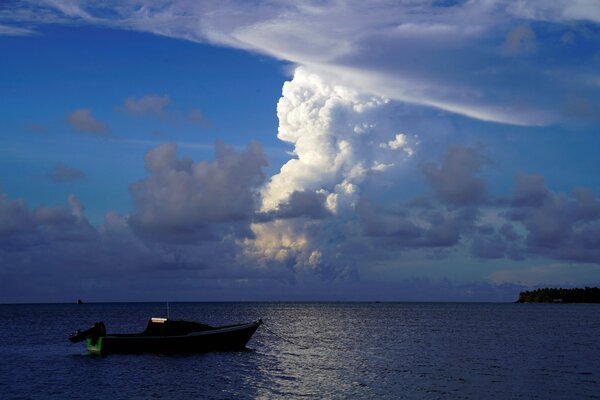Tsunamis set in motion when an undersea volcano erupted in the South Pacific caused water to inundate harbors, marinas, low lying coastal trails, roads and parking lots on Saturday in some parts of California’s central coast, according to Brian Garcia, a warning coordination meteorologist with the National Weather Service in the San Francisco Bay Area.
Water also crashed over sea walls, he said. But damage appeared to be limited to the lowest lying areas of the coastline.
The National Tsunami Warning Center in the United States issued a tsunami advisory for the West Coast on Saturday morning Pacific time, including the Washington and Oregon coasts, warning that strong currents and waves would pose a danger to people “in or very near” the water. “The first wave may not be the largest,” the advisory noted.
By 8:30 a.m., water levels rose to six feet in Monterey, Calif., and in San Francisco, with higher levels expected later in the day. At Port San Luis Harbor, about midway between San Jose and Los Angeles, waves of more than four feet were measured by the National Oceanic and Atmospheric Administration.
Water surged into Santa Cruz Harbor, causing some boat damage and submerging the parking lot, and people were evacuated from the docks, sidewalks and nearby stores. “We’ve literally seen cars afloat,” Mr. Garcia said.
At a beach near Pillar Point Harbor, 25 miles south of San Francisco, two people who had been standing on a dock were briefly swept out to the ocean, but they were quickly rescued and were not injured, a local fire department official said.
A tsunami surge may not appear as a large wave, but rather involves a fast and constant flow of water to low-lying areas over tens of minutes.
“It becomes very dangerous because there’s so much water and it’s moving so fast; you can’t outrun it, and you can’t outswim it,” said Mr. Garcia.
The tsunami is expected to continue to affect the coast and bays for the remainder of the day, with the National Weather Service advising anyone in the coastal areas of California, Oregon, Washington, British Columbia and Alaska to “move off the beach and out of harbors and marinas.”




























